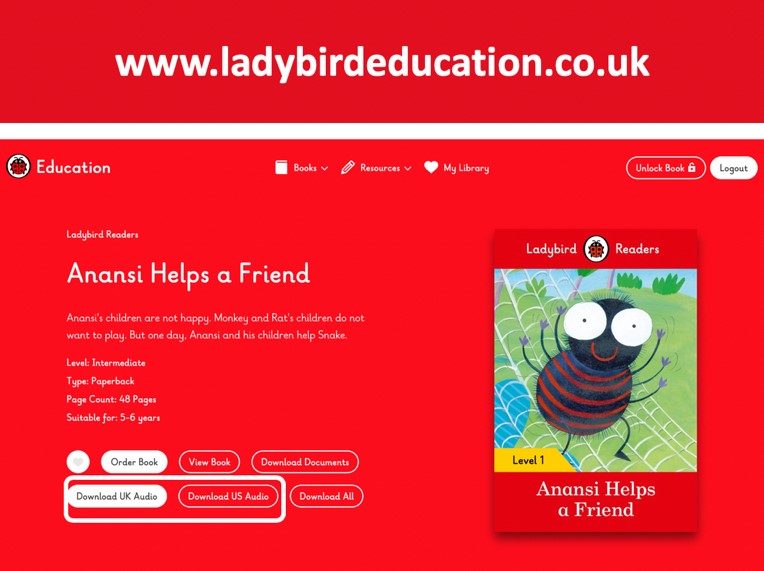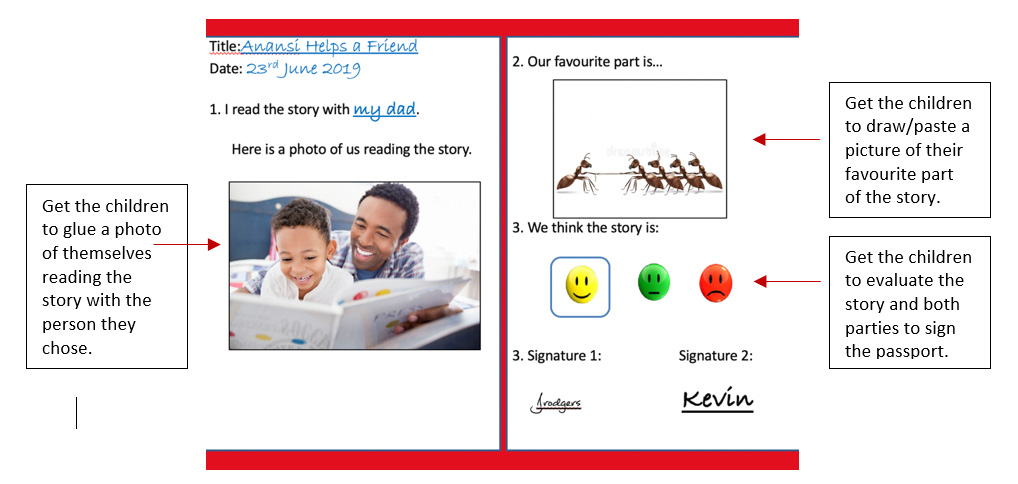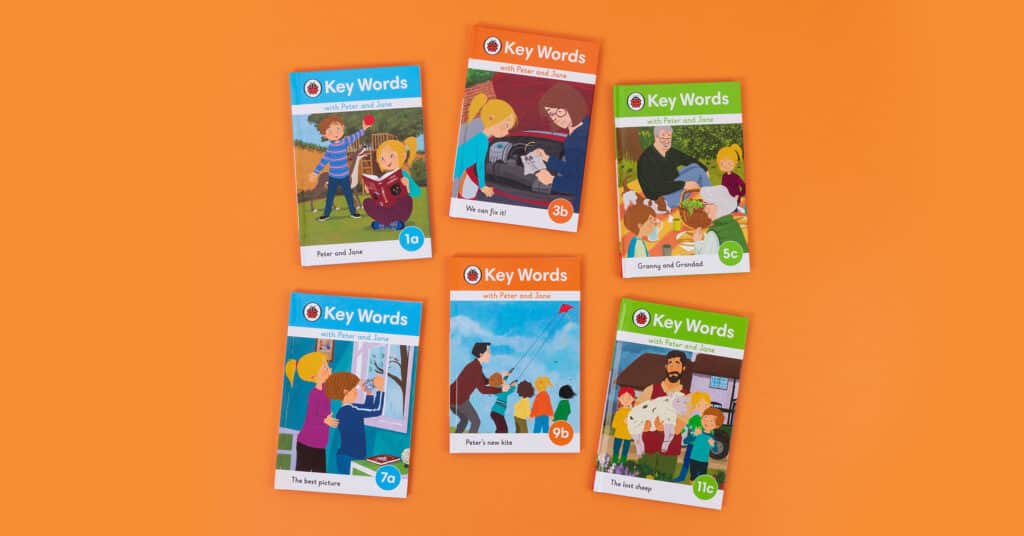How to Inspire Children to Read Regularly
Teacher and ELT consultant Vanessa Reis Esteves reflects on her experiences of getting children to read in the classroom, and details some easy ways you can make them embrace books on a regular basis.

Studies have shown that students who read at least 15 minutes a day see great improvements in their overall academic progress. Yet the very same studies also indicate that more than half of our students fail to read this magical amount per day. So, it seems fitting to question, how can we reverse this trend and bring reading into our classrooms on a regular basis?
Although we often have good intentions as teachers and educators to make reading a regular practice, we are often burdened by cumbersome programmes which leave us little to no free time to do the things that we love with our students, like reading for pleasure.
Before we go any further, let’s stop and think for a moment. Is it absolutely fundamental for our students to read in class? Could they read at home, instead? If so, then this would be an easy way to solve our time management issue, right? Although this might be a tempting idea, we need to bear in mind that we teachers are mirrors in our classrooms. We mirror what is important to students. If we think that reading is that important, then we need to show them this by taking a break from our marking and exam work to make time for reading in our lessons.
It’s clear, it is simply not enough to tell students just how magical reading is. If we really want them to take this idea on board, then we need to take them on reading adventures in the classroom so that they can experience the magic of reading directly for themselves. But how do we do this if we are pressed for time? Here are three ideas to get you started.
1. Trigger students’ natural curiosity
Some classes are simply not ready to read on their own yet. They need to take a step back and have someone read to them before they are convinced and are ready to embark on this reading adventure autonomously.
To kick-start, save ten minutes every fortnight to read to them at the end of your last lesson for the week. Choose a book and read as dramatically as you can to them. You can involve the children in the reading experience by stopping and asking them to do gestures as they hear certain words or even asking them questions that require critical thinking.
Then, when your ten minutes are up, explain that unfortunately, it’s time to pack up. Stress that you don’t have time to finish the story today, but that you are glad to lend them the book should they want to find out how the story ends. If you have chosen a story that appeals to your students’ characteristics and curiosity, then you’ll soon find that you have a waiting line to take the book home!
2. Introduce reading in moments you couldn’t work anyway
Have you ever stopped and observed how students come to class in the morning every day? If you teach first thing in the morning (or after lunch, for that matter) you’ll know that unfortunately, our students aren’t all that punctual. Whilst it is true that many of our students arrive on time, there are those who are like the rain: they arrive slowly one drop at a time, which means that at least ten minutes go by before we are actually able to begin our lesson with the whole class. So here’s a tip – why not use this time more productively rather than continue to wage a hopeless battle against it?
You could create a reading box with a variety of books that you think your students will enjoy reading. Put in a book for yourself, too. Explain to children that from now on you will start the day with a bit of quiet reading time. Then, allow each child to choose the book they want to read and explain that if they discover that they don’t like that book, they can just get up and swop it for another one.
As children arrive, get them to pick up a book, sit down and read quietly until you show them the signal that it’s time to start working. It is absolutely fundamental that you mirror this and read your own book so that students will buy into the activity. Don’t allow students to interrupt your reading time and ask you a question or even give you an important note from their parents. If this happens, explain that you are busy reading now and that they should come back when you have finished.
Avoid the temptation at all costs to do paperwork or any errand (no matter how important or urgent it may be) while the children are reading. You’ll soon notice that this is an excellent classroom management activity as it helps to calm the children down and get into a learning frame of mind. When the whole class has arrived and read for a few minutes, then you are ready to stop reading and begin your lesson.
3. Take reading out of the classroom
Once students are convinced that reading is fun, you are ready to embark on the next phase of your joint reading adventure. Here’s where you can get parents involved too, and ask them to make a reading bag for their children. You’ll be amazed just how creative and competitive children’s parents can be!
Then, put three or four readers that are suitable for each student in their personalised bag (for a list of readers consult the Ladybird catalogue) and ask them to take the reading bag home once a week and read the story with someone they are close to.
The Ladybird Education website allows you to download the audio-specific Ladybird readers in British or American English. This means that everyone can ‘read’ their readers at home, even if their English is very weak. The audios are read by native speakers at a speed that everyone can naturally follow, regardless of their language level.

Once the children have read the reader at home, then they fill in a page on their reading passport, which you can prepare in advance, as below:

The idea of filling up a passport with their exciting reading adventures is a motivating concept for children. You’ll soon find they race to read so that they can get a new one; it’s amazing how many books children read when they are motivated to do so!
So, what’s the moral of today’s story? Use your time wisely and delegate the magic of reading to students and their families. After all, you know what the wise old saying says: “Never do what children can do for themselves!”.




